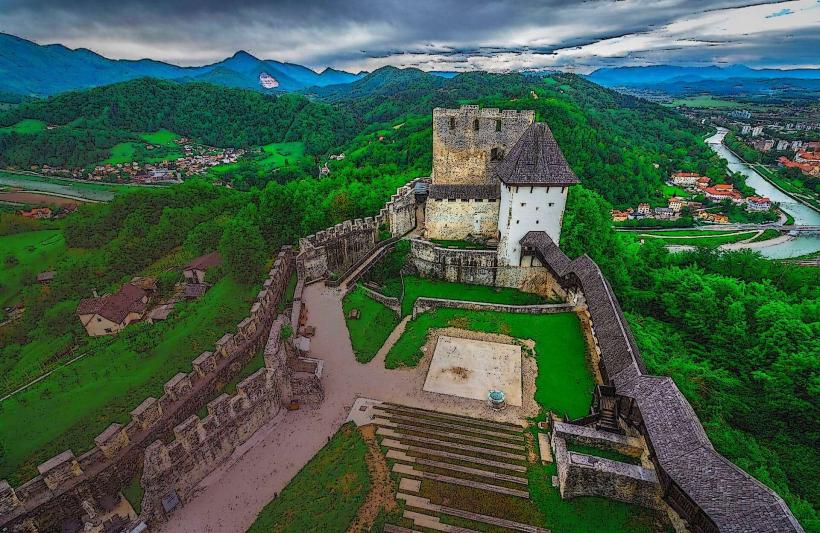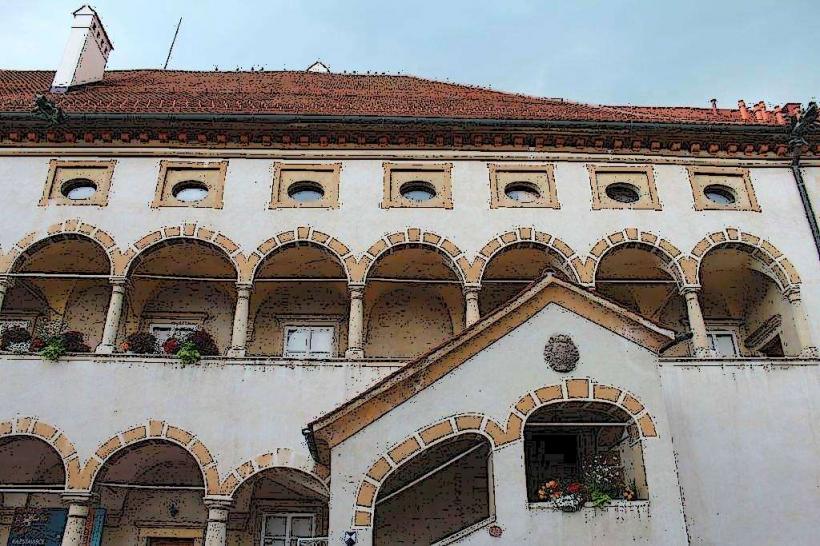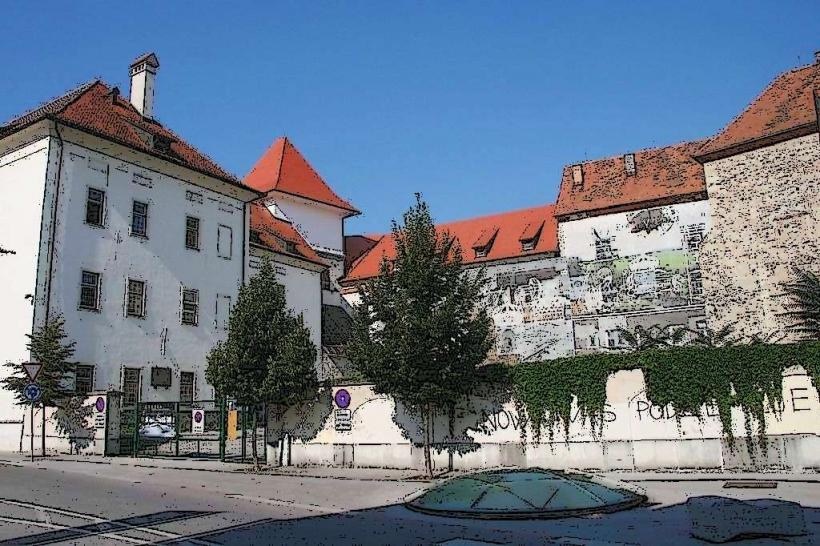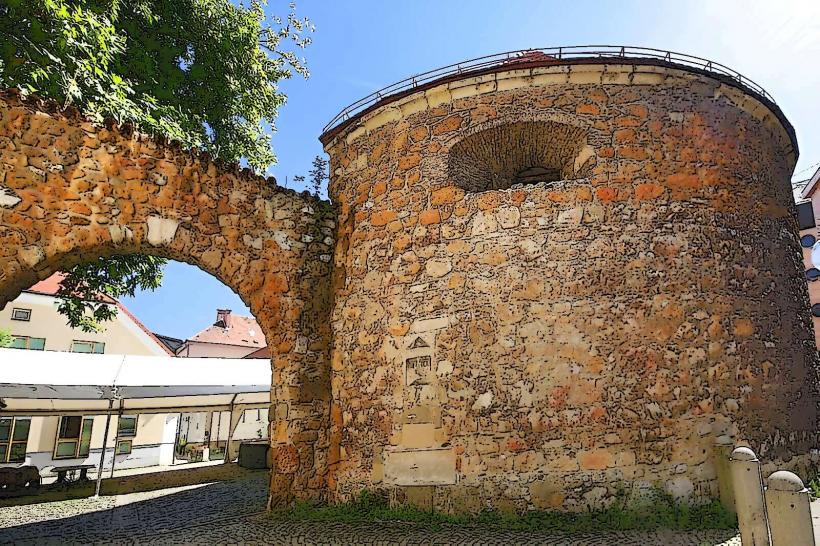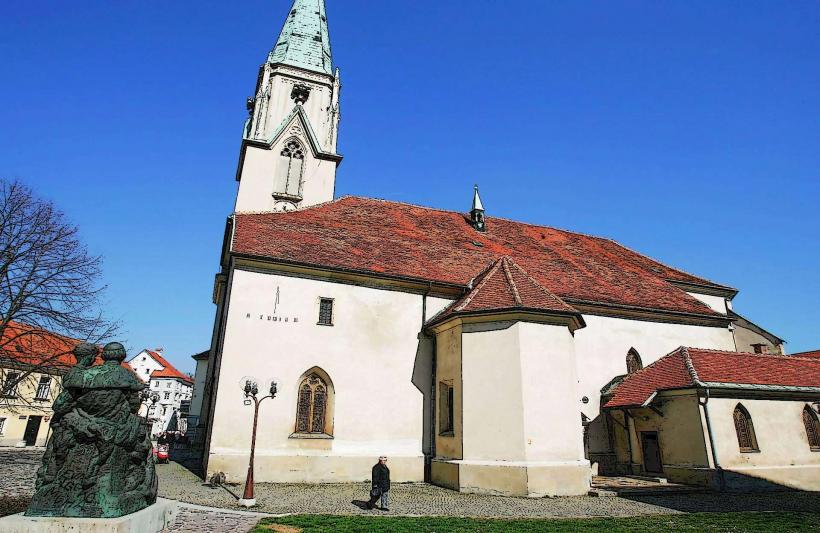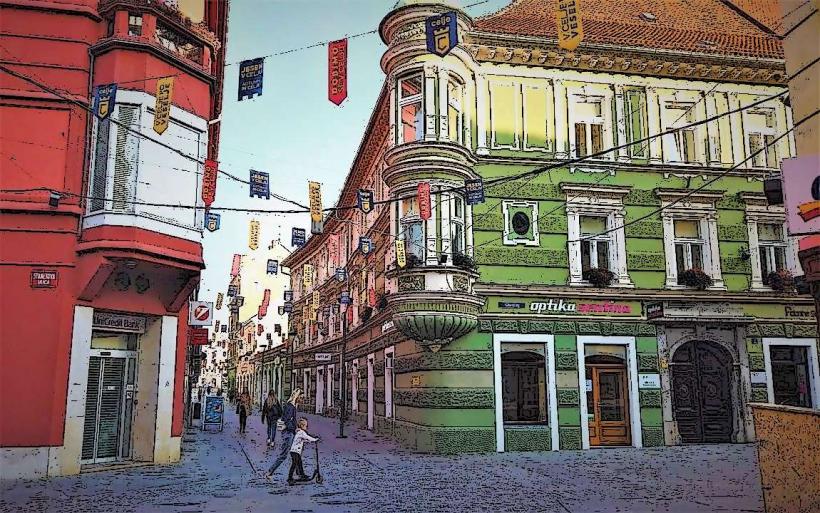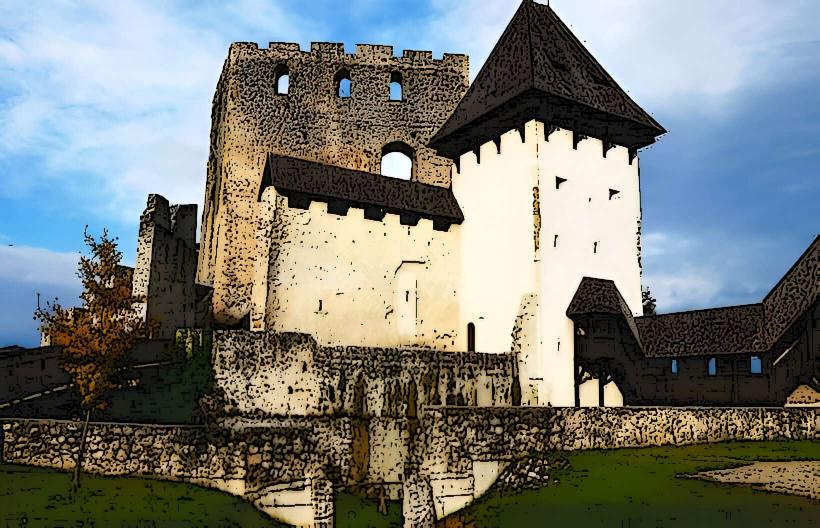Information
City: CeljeCountry: Slovenia
Continent: Europe
General Overview
- Status: Celje is the third-largest city in Slovenia and serves as an important regional economic and cultural center.
- Location: Situated in the Savinja Valley in eastern Slovenia, at the confluence of the Savinja, Hudinja, and Voglajna Rivers.
- Population: Approximately 38,000 residents.
- Area: Covers around 22 square kilometers (8.5 square miles).
- Altitude: Located at an elevation of about 238 meters (781 feet) above sea level.
Geography
- Surroundings:
- Nestled in the Savinja Valley, surrounded by hills and fertile plains.
- The city’s landscape is marked by the Savinja River and nearby forests.
- Climate:
- Continental climate with warm summers and cold winters.
- Average summer temperatures: 20–25°C (68–77°F).
- Winters often see temperatures around or below freezing.
History
Early History
- The area has been inhabited since the prehistoric period, with archaeological evidence of Celtic and Illyrian settlements.
- Known as Celeia during Roman times, it became an important Roman colony and a regional administrative center.
Medieval Period
- After the fall of the Roman Empire, Celje was incorporated into the Frankish Empire and later the Holy Roman Empire.
- Became a prominent seat of the Counts of Celje, one of the most influential noble families in medieval Slovenia.
- The Counts of Celje played a significant role in European politics during the 14th and 15th centuries, often rivaling the Habsburgs.
Modern Era
- Fell under Habsburg rule in 1456 after the extinction of the Counts of Celje.
- Industrialization in the 19th century transformed Celje into a regional economic hub.
- Post-World War II, it developed further as a part of Yugoslavia and later Slovenia after independence in 1991.
Economy
- Industries: Historically an industrial city, with sectors like metalworking, chemicals, and manufacturing still prominent.
- Commerce: A center for trade in the Savinja Valley, with a bustling commercial district.
- Tourism: Gaining importance due to its historical sites, cultural events, and proximity to natural attractions.
Culture and Lifestyle
Medieval Heritage
- Celje is deeply connected to its medieval history, especially through the legacy of the Counts of Celje.
Cuisine
- Reflects a mix of traditional Slovenian and Central European influences.
- Local specialties include žganci (buckwheat mush), savinja sausage, and hearty soups.
- Wines from the nearby Štajerska region, especially Riesling and Sauvignon Blanc, are popular.
Festivals and Events
- Medieval Days Festival: Celebrates the town’s medieval heritage with reenactments, fairs, and cultural performances.
- Summer in Celje: A series of concerts, theater performances, and art exhibitions.
- Celje Pivo Fest: A beer festival featuring local and international brews.
Natural Attractions
- Šmartinsko Lake: A popular recreational area for fishing, boating, and walking.
- Pohorje Mountains: Easily accessible for hiking, skiing, and other outdoor activities.
- Savinja River Walks: Scenic trails along the riverbanks.
Urban Design and Architecture
- Old Town:
- Features narrow streets, historic buildings, and charming squares.
- Highlights include medieval structures alongside Baroque and modernist designs.
- Celje Castle:
- One of the most significant landmarks in Slovenia.
- A restored medieval fortress located on a hill overlooking the city.
- Offers panoramic views and historical exhibits about the Counts of Celje.
- St. Daniel’s Cathedral (Stolnica svetega Danijela):
- A Gothic church in the heart of the old town, with an impressive interior and historical significance.
Transportation
- Roads and Highways:
- Well-connected by highways to Ljubljana (approximately 75 km away) and Maribor.
- Rail:
- Celje is a key stop on Slovenia’s railway network, linking major cities domestically and internationally.
- Buses:
- Local and intercity bus services provide convenient transport.
- Cycling and Walking:
- The city promotes cycling and walking, with well-maintained paths and pedestrian-friendly areas.
Recreational Activities
- Cycling and Hiking: Numerous trails in the nearby hills and valleys.
- Water Sports: Activities like fishing and kayaking on Šmartinsko Lake and the Savinja River.
- Skiing: The nearby Pohorje Mountains offer skiing and snowboarding opportunities in winter.
Education and Research
- High Schools and Colleges: Celje is home to several high schools and vocational institutions.
- Library and Museums:
- Celje Regional Museum: Exhibits on local history, including artifacts from the Roman and medieval periods.
- Museum of Recent History: Focuses on 20th-century events, including World War II and Slovenia’s independence.
Sustainability Efforts
- Celje focuses on urban greening, renewable energy, and eco-friendly transportation.
- Ongoing efforts to preserve its historical and cultural landmarks.
Key Features
- Rich History: Known as Slovenia’s “City of Princes” due to its connection with the Counts of Celje.
- Cultural Hub: A lively city with events, museums, and artistic communities.
- Natural Beauty: Surrounded by lush landscapes and rivers, offering a balance of urban life and outdoor recreation.

